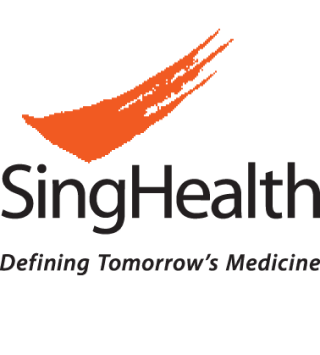In Situ Simulation : A Promising Risk Management Tool for Improving Patient Safety
Introduction
In-situ simulation replicates the actual clinical environment that enables careful examination of the complex system This can be applied as a tool for risk management, thereby providing opportunity to identify gaps and propose mitigation safeguards for patient safetyRecommendations for mitigating risks are often not tested for feasibility and effectiveness in actual clinical scenario, rather these are just done as paper exercise and incidences of ineffective recommendations have been noted.
Description
Clinical Risk Management, Singapore General Hospital, pilotedfirst ever use of in situ simulation to test recommendations andassess effectiveness and feasibility of measures This wasconducted on recommendations from Root Cause Analysis of anincident of patient falls from operating table Figure 1 illustratesthe setup In this simulation, measure of critical degree of tilt wasdone using mobile application and based on verbal feedbackgiven by a conscious model.
Discussion
Through simulation, the effectiveness of positioning aids as well as maximum degree of tilt in various positions with respective weight ranges were determined as refer to figure 3 in the attached poster. Figure 4 in poster, list the observations noted and limitations as the team discussed current measures were effective, additionally knowing the critical degree of tilts established a standard work process important to secure patientsafely Risk reduction strategies employed in the OT depend on good teamwork and effective communication to ensure safe experience for patients.
Conclusion: In situ simulation is a valuable risk management tool that allows us not only to uncover system weaknesses and latent threats, it also helps us evaluate the effectiveness of mitigation measures Further work is now underway to incorporate this tool into the risk assessment process to improve patient safety.
© 2025 SingHealth Group. All Rights Reserved.














